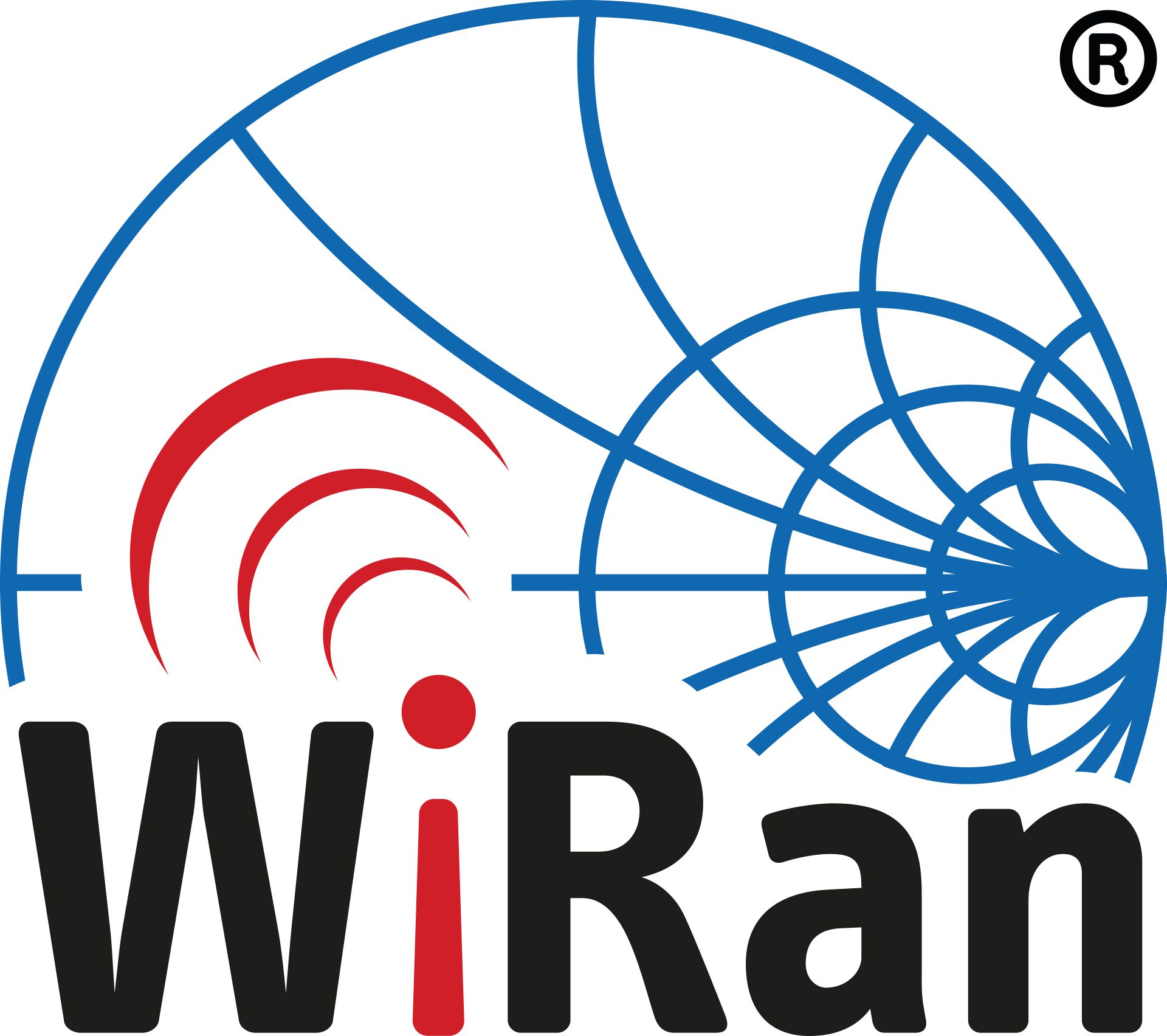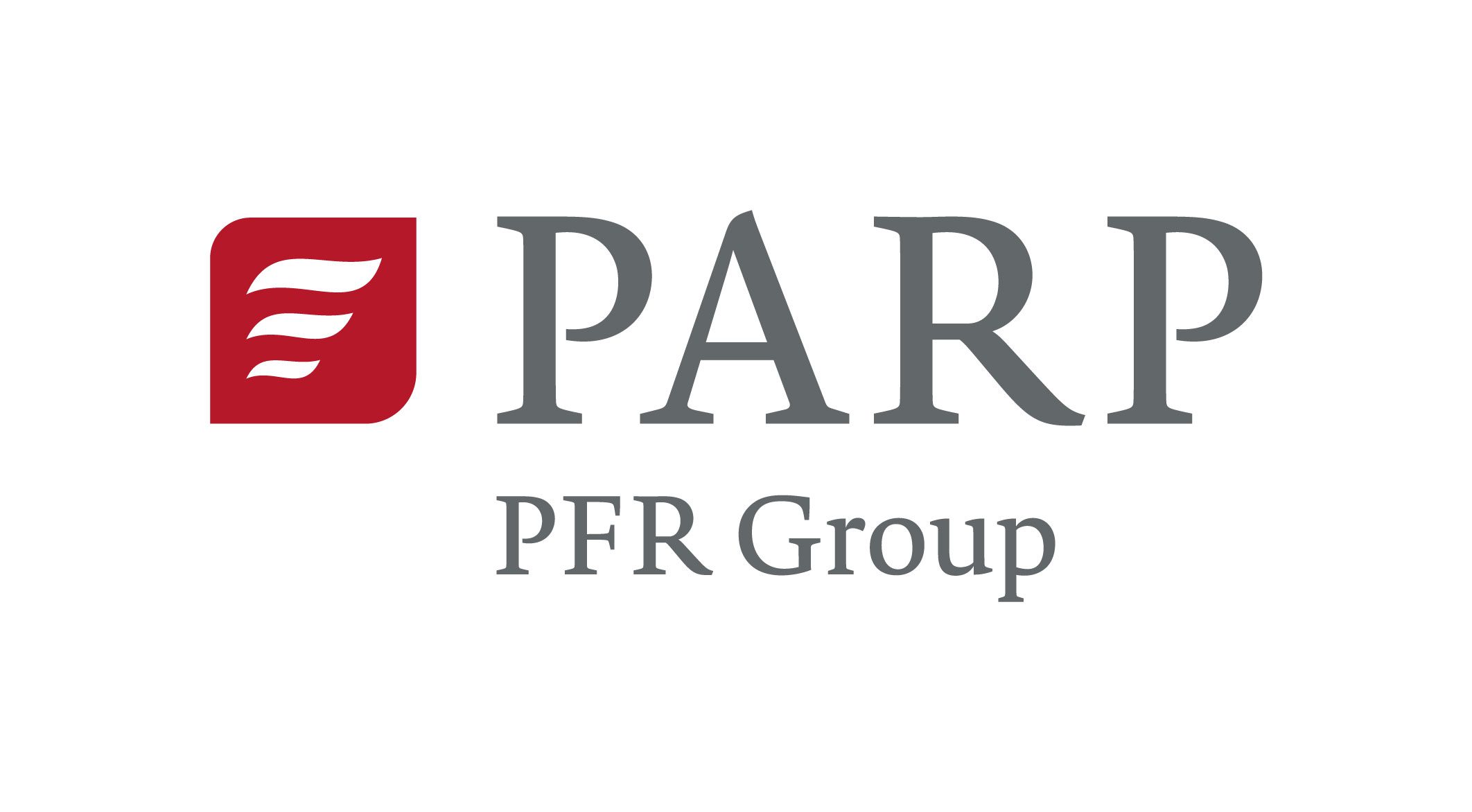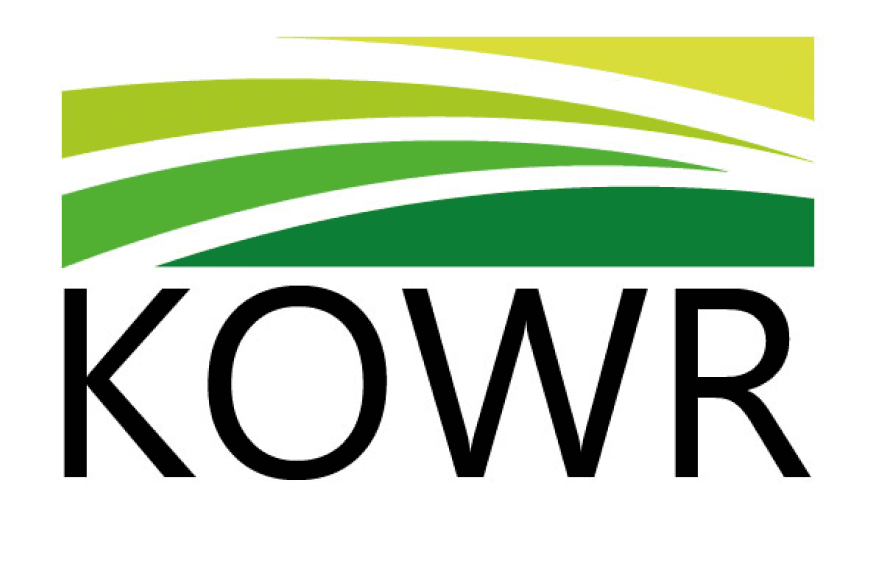Artificial intelligence in the European Union – leaders and outsiders
According to Eurostat data, in 2024, 13.5 percent of companies in the European Union with at least 10 employees used artificial intelligence (AI) technologies. This is a significant increase compared to 2023, when this was only 8 percent. The increase of 5.5 percentage points illustrates the growing popularity of using AI in EU business.

Artificial intelligence leaders in the EU
Denmark is a leader in Europe in terms of the deployment of artificial intelligence. In 2024, as many as 27.6 percent of Danish companies used AI in their operations. The next places were taken by Sweden (25.1 per cent) and Belgium (24.7 per cent). Notably, Sweden recorded the highest year-on-year growth of 14.7 percentage points, making it one of the most dynamically developing countries in this area.
Countries with the lowest share of companies using AI
At the opposite end of the spectrum was Romania, where only 3.1 percent of companies use AI technologies. Poland also pales in comparison to other countries – only 5.9 per cent of companies employing at least 10 people have decided to implement artificial intelligence. Bulgaria, with a result of 6.5 per cent, completes the group of countries that are not coping well with the adaptation of this technology.
Differences between small and large companies
Significant differences in the use of artificial intelligence occur depending on the size of companies. In 2024, AI was used by:
- 11.2 per cent of small businesses,
- 20.9 per cent of medium-sized companies,
- 41.1 per cent of large enterprises.
Eurostat explains these differences by the complexity of implementing AI technology and the high costs, which may be more affordable for larger entities.
Industries that most often use AI
The highest percentage of companies using artificial intelligence in 2024 was recorded in the following sectors:
- information and communication (48.7%),
- professional, scientific and technical activities (30.5 per cent).
In other industries, the share of companies using AI was much lower, ranging from 15.4 per cent in the case of services to do with the real estate market only 6.09 per cent in the accommodation and construction sectors.
Artificial intelligence technologies – what companies choose
Among the most commonly used AI technologies in 2024 are:
- text mining,
- natural language generation,
- speech-to-text.
Poland at the tail end of Europe
Despite the general increase in interest in artificial intelligence, Poland is lagging behind most EU countries. Between 2023 and 2024, the percentage of Polish companies using AI increased by only 2.2 percentage points, which indicates the slow pace of adaptation of modern technology in Poland.
Denmark, Sweden and Belgium are leading the way in the use of artificial intelligence, while countries such as Romania, Poland and Bulgaria are lagging behind. The adoption of AI in Europe is accelerating rapidly, especially in larger companies and specific industries, but differences between countries show that the potential of this technology is not yet fully exploited.
Source: Eurostat, „Usage of AI technologies increasing in EU enterprises”,
01.2025
- Everything
- News (270)
- Events (169)
- Get Support (83)
-
 Event
EventThe 8th edition of Fastener Poland
Targi Kraków invites you to the 8th International Trade Fair of Fasteners and Joining Techniques.
 Event
EventInternational Architecture and Interior Design Fair KIAF 2025
Targi Kraków invites you to the KIAF International Architecture and Interior Design Fair.

WiRan Sp. z o.o.
Show more Show lessWe are a design office for electronic devices and systems of high reliability. Our specialty are solutions using wireless communication / radio frequencies (in particular LoRaWAN, NB-IoT, LTE-M, but not only). We provide a.o. solutions for the following industries: SPACE, INDUSTRY 4.0, SMART CITY, DEFENSE, railway, maritime. WiRan (www.wiran.pl) is a HARDWARE AND FIRMWARE DESIGN OFFICE, it is the owner of SEZO brand (see more https://sezo.pl/en/)
-
 Article
ArticlePoland is the leader in Gen AI implementations
Poland has become an unexpected leader in the use of generative AI tools
 Article
ArticleAn Investment Agreement: safe guard the tax implications of your investment
See the benefits of an Investment Agreement and how to apply
-
 Event
EventThe 8th edition of Fastener Poland
Targi Kraków invites you to the 8th International Trade Fair of Fasteners and Joining Techniques.
 Event
EventInternational Architecture and Interior Design Fair KIAF 2025
Targi Kraków invites you to the KIAF International Architecture and Interior Design Fair.
-
 Institution
InstitutionThe Investor Tax Service Center
The Investor Tax Service Center is a unit operating within the Ministry of Finance
 Institution
InstitutionPolish Investment and Trade Agency (PAIH)
The Polish Investment and Trade Agency (PAIH) is the partner of first-resort for entrepreneurs when …
Spis treściTable of contents
The Export Promotion Portal uses cookies to make it easier for users to use the website and for statistical purposes. If you do not block these files, you agree to their use and saving in the memory of your computer or other device. Remember that you can change your browser settings to block the storage of cookies. More information can be found in Privacy Policy and Terms and conditions.





